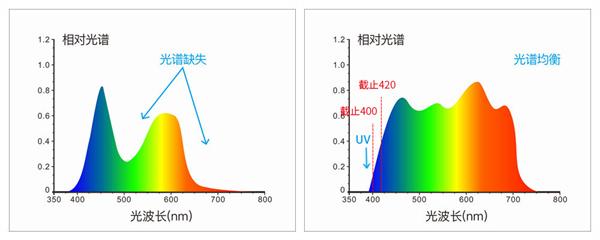Time: Popularity:0times
Textiles exhibit remarkable color diversity and require precise color control to meet aesthetic and functional demands. Color measurement instruments play a critical role in quantifying surface color characteristics objectively. This guide, based on China's GB/T 8424.1-2001 standard, outlines key considerations for selecting appropriate color measurement equipment.
Accurate color assessment requires representative sampling and consistent measurement protocols. Reflectance spectroscopy remains the primary method for textile color evaluation, utilizing instruments that quantify reflected radiant flux under standardized illumination. Key technical parameters include:
Illumination Type: White light sources (polychromatic) are generally preferred, though monochromatic illumination may be used for non-fluorescent samples
Material Opacity: Suitable for opaque or nearly opaque (non-translucent) substrates
Instrument Geometry: Critical for measurement reproducibility across different instrument designs
Spectrophotometers
Measure spectral reflectance factors at defined wavelength intervals (typically 5nm, 10nm, or 20nm)
Enable calculation of tristimulus values (X, Y, Z) for any illuminant/observer combination
Two primary configurations:
Diffuse/0° (d/0): Indirect illumination via integrating sphere, with 0° viewing angle
0°/Diffuse (0/d): Direct illumination at 0°-10° incidence, measuring reflected flux from sphere interior
Colorimeters
Directly measure tristimulus values or chromaticity coordinates
Employ broadband filters to simulate specific illuminant/observer conditions (e.g., CIE Standard Illuminant C with 2° observer)
Do not provide spectral reflectance data

Integrating Sphere Configurations (d/0 and 0/d):
Collect total reflected light including diffuse and specular components
May incorporate specular exclusion components for gloss assessment
Ensure consistent sample positioning at the sphere port
45°/0° (or 0°/45°) Geometry:
Circumferential illumination/viewing at 45° incidence/0° reception (or vice versa)
Equivalent results for most textile applications
Particularly suitable for directional reflection analysis
Instrument Selection Criteria
Aperture size
Illumination/viewing geometry
Spectral resolution
Measurement speed
Note: Data comparison across different instrument models requires caution, as variations in optical design may produce non-equivalent results even when following the same standard.
Application Workflow
Sample preparation per material type and instrument specifications
Calibration using reference standards
Measurement execution following instrument-specific protocols
Data analysis using included software or external packages
Compliance
This guide aligns with the technical requirements of GB/T 8424.1-2001 Textiles - Measurement of Surface Colour - Part 1: Spectrophotometry.
Selecting the appropriate color measurement instrument requires balancing technical requirements, material characteristics, and compliance needs. Regular calibration and adherence to standardized protocols ensure reliable, repeatable results across the textile supply chain.
Company Phone
+86-21-6420 0566
Working hours
Monday to Friday
Mobile phone:
13816217984
Email:
info@qinsun-lab.com
